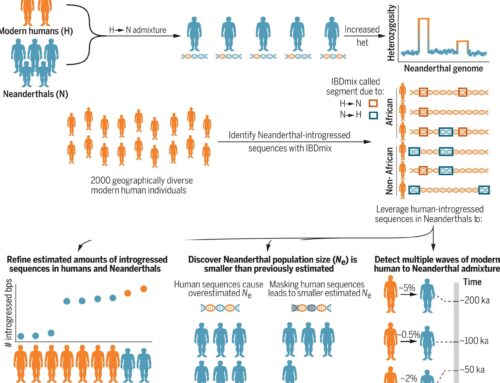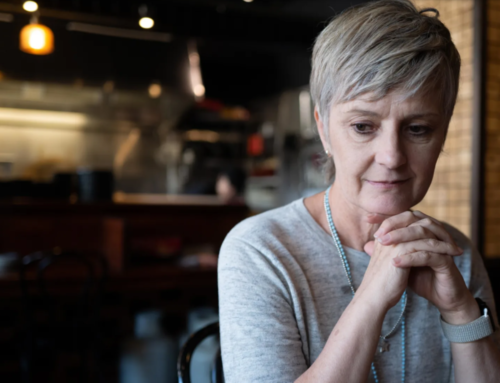Article courtesy of The New Yorker
In the summer of 2020, my grandmother stopped eating and getting out of bed. She had fallen, fractured a vertebra, and forgotten about it. I flew to France with a dozen of Mamie’s favorite sesame-seed bagels, and I lived with her as she recovered, fetching prescriptions for the pain she was constantly rediscovering, and rubbing her back when she coughed until she retched. I lay in bed with her until she fell asleep. I fed her. I learned, for the first time in my life, what it meant to care for someone. After five weeks, my mom took my place as Mamie’s at-home caretaker.
Like so many families that are affected by Alzheimer’s, we searched desperately for a new place where my grandmother could live. We viewed her isolation in her seventh-floor apartment as a risk to her health and safety, and felt that it was not only right but necessary to exchange what was left of her autonomy for the round-the-clock, structured care that she could receive at a nursing home. About half of the six hundred thousand people who live in France’s ehpads, or “housing establishments for dependent elderly people,” have dementia. These are imperfect institutions: in 2018, French nursing-home workers went on strike to protest staff shortages and cost-cutting, and, earlier this year, disturbing reports of abuse and neglect, untrained staff, and the rationing of food and diapers by a for-profit nursing-home company put the country’s elder-care system under intense public scrutiny.
A nursing home in a nearby Grenoble suburb finally offered her a place after weeks of uncertainty.
This summer, before going to see my grandmother in Grenoble, I visited a nursing home that aims to expand, not restrict, the liberties of people with Alzheimer’s. The Village Landais, situated in Dax, in southwestern France, is part of a movement to make memory-care units less like hospitals and more like small neighborhoods. Some of these facilities are designed to convince residents that little has changed—“that life is still as it was once, with children to take care of, and holidays at the seashore, and familiar homes to return to,” as Larissa MacFarquhar wrote for The New Yorker in 2018. But the Village seemed to convey a slightly different message: that life remains full of choices and that autonomy enriches life. Its residents can come and go from their homes as they please, whether through the unlocked door or through a window. They can wake and shower at their leisure; they can shout, pilfer sweets, make tea at 2 a.m., sweep with the broom upside down, and handle sharp knives in the kitchen. Advocates for this kind of care argue that, for people with Alzheimer’s, the risks of institutional dehumanization are just as profound as the physical dangers of cutting one’s hand, or falling and breaking a bone. “Their cognitive troubles don’t permit them to adapt to our world,” Gaëlle Marie-Bailleul, the Village’s head of medicine and a specialist in neurodegenerative disorders told me. “We adapt to them.” Most nursing homes devote themselves to the narrow and perfectly reasonable goal of keeping residents safe and healthy. The Village Landais contemplates a broader question: What might a good life with Alzheimer’s look like?
(read the entire article HERE – it’s fascinating!)



